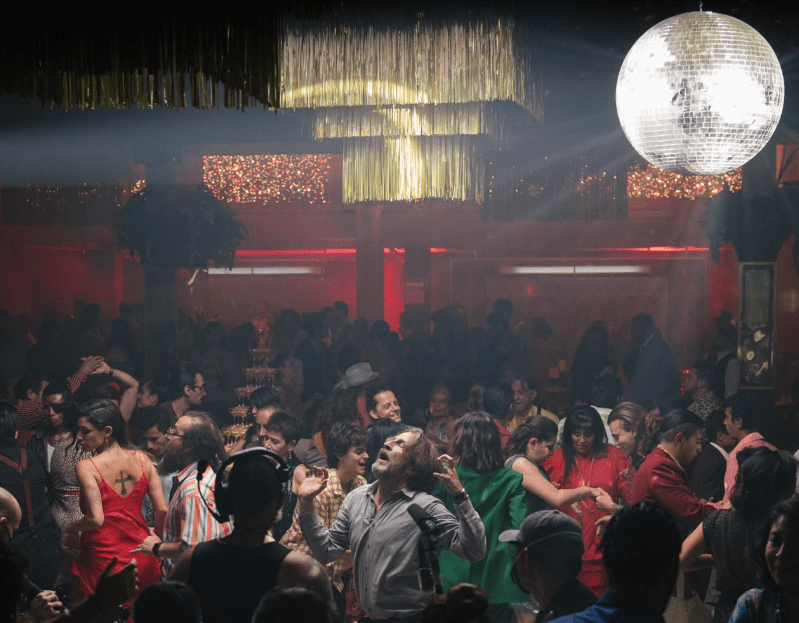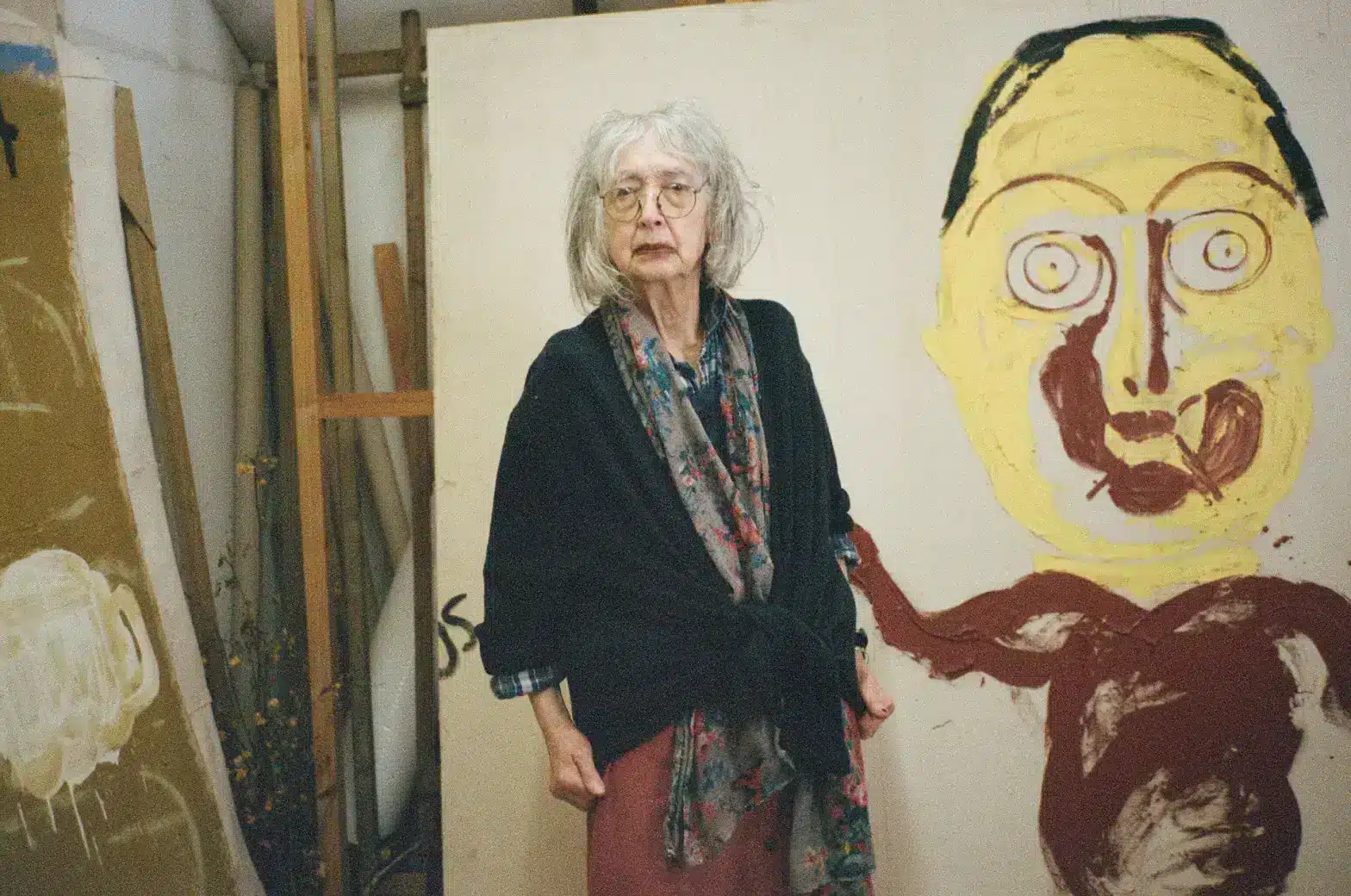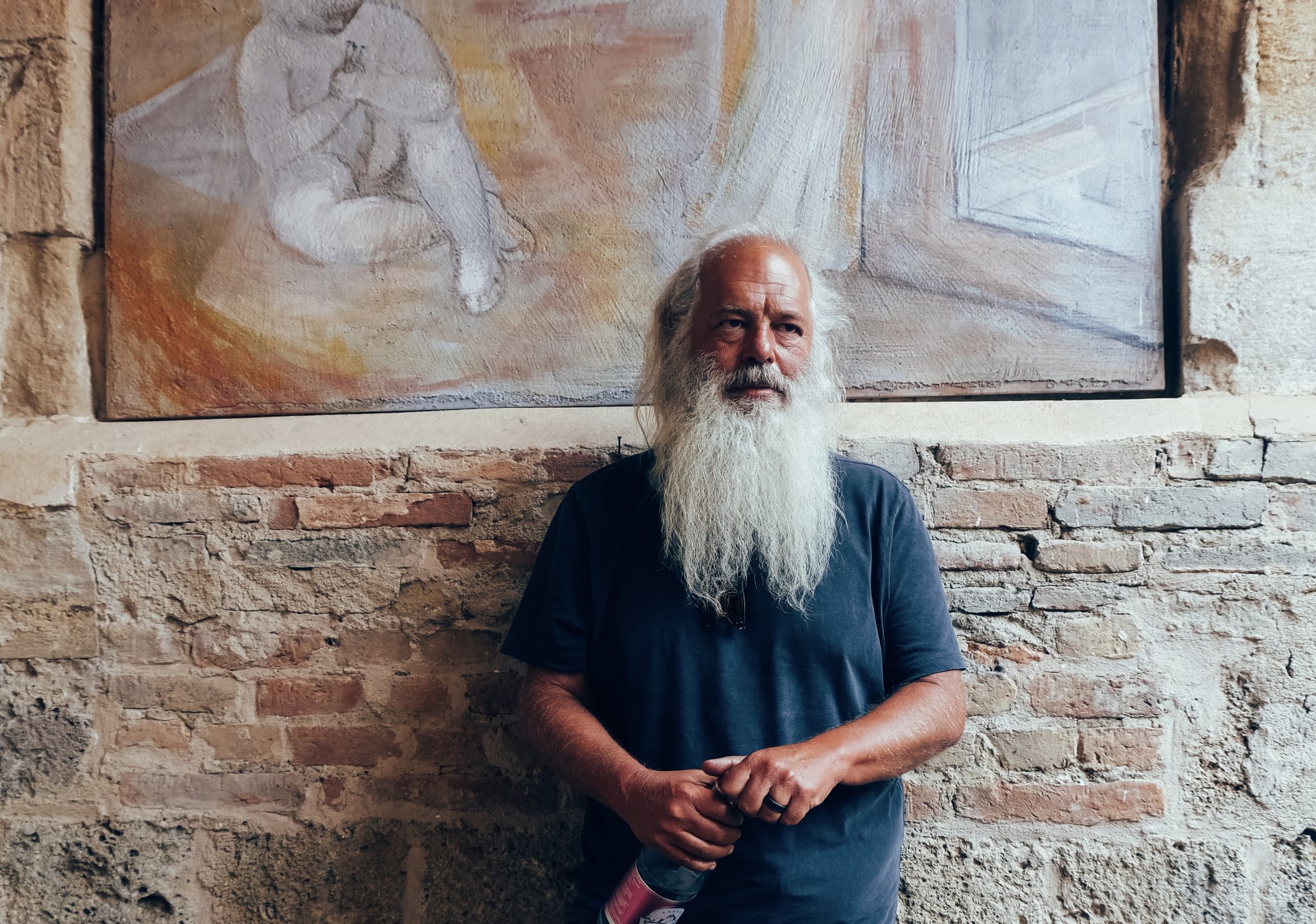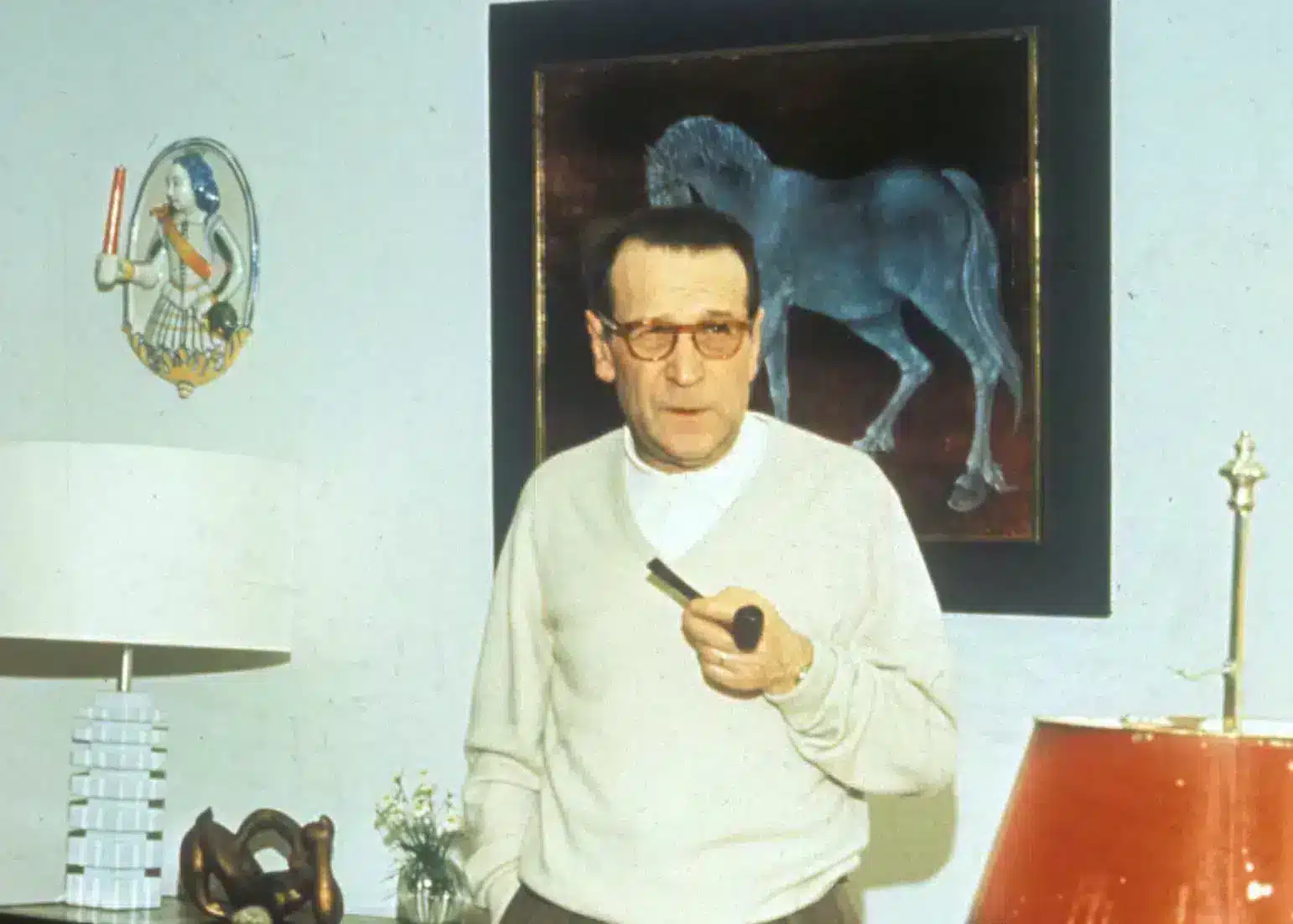
It seems to be the done thing to hate Iñárritu among certain critics; to cast him as an auteur stained with the reputation of trying too hard, a talented director that forces self-aggrandizing themes into movies which are, undeniably, visual delights. There’s little in Bardo: A Chronicle of a Handful of Truths that’s likely to change this perception – but there’s a lot under its surface that defends its writing style.
This seems purposeful.
Bardo – a film that blurs the boundary between biography and fiction, truth and reality – tells the story of Silverio (Daniel Gimenez Cacho), a famous docu-fiction journalist, who returns back to Mexico, mourning his miscarried child, and anguishing over the high-profile successes of his career in America. Like Cuaron’s Roma or Fellini’s 8 1/2, much of the premise is a blur between the filmmaker’s musings on country and family. Cinematographer Darius Khondji elevates the mundane work routines and nightlife of Silverio with an Oscar-worthy mix of grotesque, captivating dreams that give Silverio/Iñárritu’s questions a mystic energy. Equally, Cacho’s Silverio has a wry grandiosity, balancing the smug artist trope with an inner shyness. It’s a layered performance, one that’s amplified by the eye-rolling, intimate reactions of wife Lucia (Griselda Siciliani) and their son Lorenzo (Iker Sanchez Solano) and daughter Camila (Ximena Lamadrid): family members who love Silverio not for his work, but in spite of it.

Speaking at the LFF premiere, Iñárritu coined Bardo as a ‘Mexican guacamole of thoughts and feelings’, inviting his audience ‘to relax into a surreal dream experience’ where feeling trumps understanding. Opening with a POV moonhoping sequence that could be shot in either Baja or the Mojave, Bardo is a snapshot of a man caught in the junction between reality and fiction ; home and away ; success and failure. If it seems navel-gazing, it is; but as Silverio begins to fly, it’s hard not to soar with him. Describing his own midlife crisis as ‘a tumult of images’ and a ‘convulsion’, Silverio intersperses these moments of fantasy with lacerating self-criticisms. While Western critics have been quick to rubbish the themes and pacing, Latin writers have been kinder; a theme which Iñárritu has called out himself.
It’s unsurprising, as Bardo navigates the murky space between story and history with an approach that’s almost Joycean. Bribed for a positive interview with the US president, an ensuing conversation between Silverio and an American politician around the colonial details of the Mexican-American war is dismissed as happening ‘a long time ago’, and in faux bygone-be-bygones fashion, Silverio begins to narrate the Battle of Chapultec. As he details the suicidal last-stand of the Mexican forces, blue-coated musketeers march from the doors, fighting for the courtyard. When a young, flag draped soldado hangs himself from the tower (comically rendered like a bungee jump), Silverio explains that ‘only a Mexican can turn defeat into victory’. His American host stands awkwardly – the lesson hitting home – while a cleaning lady polishes away the blood.
Of course, the forays into Silverio’s docufiction are the best part of Iñárritu’s movie: a cigarette shared with Cortes, the voyage of saint-worshiping migrants, and a chilling interview with a crime-lord each take the frame of docu-fiction to move from politics, to the boundary between dreams and reality. There’s a fascinating thread, and Innarritu uses the frame to twist the camera back and jump further into Silverio’s work and family dynamics. Little moments give these in-between sequences a see-sawing energy: sometimes they’re realistic, like background characters gossiping and staring at Silverio’s during his premier, or utterly absurd, like Silverio shrinking to the size of a child as he imagines talking to his father (Circe eat your heart out). Khondji’s visual range here might be schizophrenic if it wasn’t for the movie’s core humanity: the friends who take Silverio down a peg, and the family members that mourn returning to a foreign home that represents ‘everything that wasn’t.’
It’s a shame, then, that so few critics take Silverio’s heartfelt advice in navigating his film: that ‘a documentarian believes what he sees, he looks, he focuses, but he never takes one perspective’. Like Ulysses, by the end, Bardo is closer to psychological realism than magical – it takes a multi-polar view of not just it’s characters, but truth in general. Iñárritu’s premise and protagonist aren’t just possibly unlikeable, they often are. Meaning both ‘bard’ in Spanish, and a state of intermediate existence between two lives in Buddhism, Iñárittu’s ambition could be accused of trying too hard; wrapped in a pun that’s both stretched and doomed. Likewise, the 2 hours and 54 minutes run time of cyclical, dream-like images don’t inject enough peril to justify the movie’s length. It’s arguably overly meta about this, too, when Silverio’s documentary of the same title is called ‘a little too long’. But then Cacho offers his knowing smile and you’re moved – like a train-driver with a rasping, Cuban cigar lined voice apologizing for a signal delay. By that point – after the navel-gazing has thrown up a hundred pearls of nonsense or wisdom – you’re left with the view. I couldn’t tell you if that first and final desert is the Baja or the Mojave, but there’s an invitation in Iñárritu’s work to not take one side. To turn off the rational, to enter the experience – and do a little soul-searching of your own.



